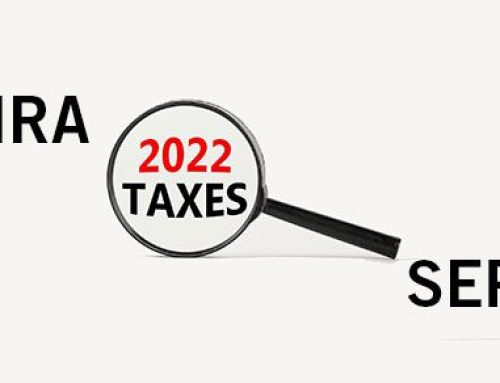
From 2018 to 2027, the estimated value of R&D tax credits to be claimed by U.S. companies is estimated at $163 billion, with $148 billion of that going to corporations.
You can take advantage of this tax credit as long as your company performs activities such as the following:
- Redesigns its production process to be more efficient.
- Introduces artificial intelligence or robotics into your manufacturing process.
- Develops software that enhances your company’s processes or procedures.
- Designs, constructs or tests product prototypes.
- Develops second-generation or improved products.
This list is not all-inclusive. According to the IRS, many activities may qualify if they are performed in the United States and meet the following four-part test.
Part 1. Permitted purpose
The IRS test is to create a new or improved product, business component or process that increases performance, function, reliability, composition or quality or that reduces costs for your company. It does not have to be new to your industry.
Development of internal use software may meet the permitted purpose test if it —
- is an innovation that provides economically significant results;
- requires a certain amount of economic risk and use of resources to develop when recovery of the cost is uncertain over a reasonable time; and
- is not commercially available for the intended purpose, although commercially available software may be eligible if it is significantly modified.
Part 2. Technological in nature
The research must fundamentally rely on the hard or physical sciences, such as engineering, physics, chemistry, biology or computer science.
Part 3. Uncertainty eliminated
You must be able to demonstrate that you’ve attempted to eliminate any uncertainty about the usefulness of the development, improvement or design.
Part 4. Process of experimentation
You must be able to demonstrate during the research process that you’ve experimented and evaluated alternatives. This may have been done through research techniques like modeling, simulation, trial and error or some other method.
Documenting R&D Activities
Claiming the credit requires a lot of supporting documentation, however. It is worth taking the time to assess whether the amount of tax relief you’ll get is worth the effort. For example, you’ll need to determine how much of a credit your company is eligible for, how difficult it will be to document your company’s R&D activities, whether the credit can be used to offset alternative minimum tax liability and whether you can claim previously unused credits.
Many, if not all, manufacturers may find they can reduce their taxes by taking advantage of the federal R&D tax credit. In addition, many states have an R&D credit that is available to manufacturers. It’s worth investigating and we can help. Contact us today to determine whether you should be claiming this credit.



